How Mindfulness Actually Works + A Practice You Should Try The Next Time You’re Feeling Off

Your feet – where are they in this moment? Maybe they’re stuffed into your shoes, wrapped up in cozy socks or dangling freely off a bench or chair.
Think about the space – or lack thereof – around them. Are they warm or cool, cramped or exposed? Do you feel a tingle in your heel or tips of your toes?
Congratulations, you’ve just practiced mindfulness. So what’s the significance of this exercise? Of the approximately 50,000 thoughts that float, soar and bounce through our minds each day, mindfulness invites us to experience each moment with more purpose and appreciation.
If practiced consistently, mindfulness creates a new pattern of thinking which allows us to notice the beauty, wisdom and clarity in each moment.
Mindfulness is a conceptually simple idea, yet it’s creating a lot of chatter in the health and wellness space. That’s because research has recently recognized several benefits of mindfulness, taking it from a whimsical idea to a practical practice backed by science.
First, What Is Mindfulness?
Mindfulness is simply the practice of awareness by experiencing our thoughts one at a time with deliberate attention and presence. If practiced consistently, it creates a new pattern of thinking which allows us to notice the beauty, wisdom and clarity in each moment.
While that sounds delightful and could easily cook up Instagram-worthy motivational quotes for many rainy days, it’s actually much more complex. Research shows mindfulness can actually influence neuroplasticity, or how our brain forms.
For example, a consistent mindfulness practice revealed increased activity in the hippocampus – the area of the brain responsible for learning and memory – as well as a decrease of activity in the amygdala, where fear, anxiety and other emotionally charged experiences live.
How You Can Override Your Fight or Flight Response (And Why You Want to)
The benefits of mindfulness continue from there: reduced blood pressure, improved sleep, increased focus, and enhanced self-compassion. Mindfulness can also be used to combat addiction.
Mindfulness is also causing organizations to take notice. Apple, T-Mobile, and Nike now include mindfulness meditation in their health benefits package and as a result, saw a reduction in stress-related health care claims, plus happier and more productive employees.

How Do You Practice Mindfulness?
Mindfulness is most commonly practiced by meditation and breathwork. And just like your yoga practice, the resources available are limitless so you can find the best fit for your lifestyle.
Do It Yourself-er? Try This DIY 30-Day Mindfulness Challenge
You can practice mindfulness independently or with a group; in a quiet space in your bedroom or at a crowded metro stop. If you want a community experience without leaving the comfort of your home, online platforms such as eM Life allow you to participate with others in live mindfulness sessions led by a mindfulness expert.
5 Wellness Apps That Should Be On Your Phone (Headspace Made the List!)
Apps like Headspace and Calm let you choose from a library of pre-recorded meditations that help you build the mindfulness skills to tackle anxiety, stress and more.
If you’re not into meditation, no worries! When it comes to practicing mindfulness, you’re not limited to just meditation.
Studies reveal that mindful eating can rewire your brain to reduce binge-eating and emotional eating.
You can incorporate mindfulness into virtually any activity. If you’re washing the dishes, pay attention to the details of the experience like the smell of your dish soap and the temperature of the water against your hands. The next time you go for a walk, be aware of each individual step, the type of surface you’re walking on, and feel the sun against your skin.
The practice of mindfulness can be applied to an array of the activities you partake in throughout the day. Try it, and notice the difference in your experience and perception of these activities.
Is Mindfulness Different Than Yoga?
It depends. I view yoga and mindfulness as relative – all tracing back to mind-body awareness. In fact, yoga’s literal Sanskrit translation means “union.”
It’s also worth mentioning the yoga poses we’re familiar with today were only recently introduced. Ancient yogis practiced yoga by meditating, with a goal of reaching their higher self.
Curious About the History of Yoga? Here’s Your Cliffnotes Version
Many of us – ironically – unknowingly practice mindfulness during Savasana, by allowing our teacher to guide us through our body with our breath. However, not all mindfulness classes incorporate yoga poses. The definition is ultimately open to your interpretation and the context you present to others.
Here’s How to Practice Mindfulness with the RAIN Method:
The RAIN method is an effective mindfulness tool to help us grasp our emotions and balance our mood. Use it the moment you feel an intense emotion coming on.
1. Recognize. One of the first steps in becoming more aware of what you’re feeling is to label the feeling as it comes up. Give the emotion a name, whether it’s fear, anxiety, overwhelm, or discomfort.
2. Allow. We may not enjoy the feeling that comes up. But that’s part of the process! Create space for yourself by allowing that feeling to exist. Don’t judge it or try to shut it down – just let it float in the space you’ve established for it in your mind.
By allowing, we re-establish control. Instead of our feeling causing us to react, we honor it for what it is within the boundaries we create. From here, we can begin to understand our feelings better.
3. Investigate. Now that we’ve removed our ego from the emotion, we can begin to navigate it. What’s the real source of the emotion? Why does it affect us so intensely? The curiosity you have about your emotions lets you understand them with better wisdom and kindness.
4. Non-Identify. Inhale for a count of five, sending your breath to your lower belly. On your next exhale, let the emotion go. Give it permission to leave through your breath. By doing this, you’re both acknowledging that you’ve experienced it and also not allowing yourself to take it personally.
Each feeling teaches us something about ourselves; the RAIN method lets us extract those lessons today so we can be better tomorrow.
Are There Any Negative Effects of Mindfulness?
There’s plenty of research that backs the benefits of mindfulness. But what about the possible negative effects? Because mindfulness is experiencing a surge in popularity, there’s a risk of it becoming a blanket term manufactured by the media and uninformed.
Mindfulness is not a quick-fix for depression, anxiety or any other chronic conditions. Just like exercising and eating a balanced diet, a mindfulness practice is part of a healthy lifestyle.
Consider your wellbeing an ongoing discipline, versus a task to cross off your to-do list. Although you can feel benefits after just one session, it’s a practice intended to be developed over time.
Additionally, it’s important to note that there’s still so much we don’t know about the body, especially the brain. Although it hasn’t been studied in-depth, some have reported feeling the opposite effects of mindfulness, such as psychosis and insomnia.
Consider your wellbeing an ongoing discipline, versus a task to cross off your to-do list.
Those suffering from PTSD could also risk triggering a frightening memory. It makes sense – awareness is not always pretty, especially if you’ve repressed trauma. Those who suddenly face their own painful reality might not necessarily know how to navigate it, and may need more support.
For those vulnerable to these negative effects, consider approaching mindfulness delicately, and under the guidance of a trained expert.
Integrate the Benefits of Mindfulness Into Your Everyday Life
Ultimately, mindfulness gives us a choice. It lets us take an introspective approach to our thoughts and emotions, and opens up new possibilities for how we interact with the world around us.
Why You Need a Mindful Journaling Practice & Tips to Get You Started
Imagine yourself in your car. You’ve narrowly avoided a collision and a moment has passed after you’ve slammed your foot on the brake. What if, instead of erupting in profanities at the driver who just cut you off, you could let the anger wash over you like a cool wave.
You briefly shift your attention to the sunset’s vibrant hues ahead of you – something you may not have noticed if you weren’t stuck in bumper-to-bumper traffic. It’s rush hour, and you’re content. That’s the ultimate benefit of mindfulness.


This Month's Letter
From the Editor
Monthly motivation and food for
thought from our founder.

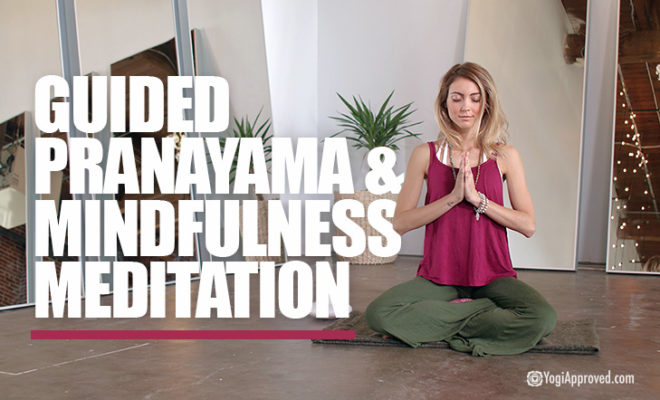



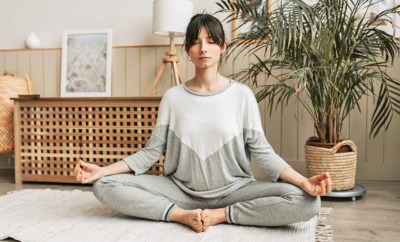


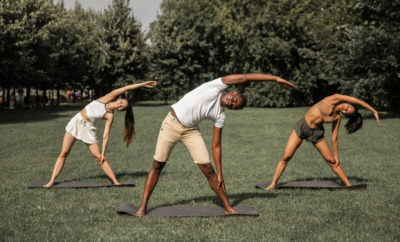





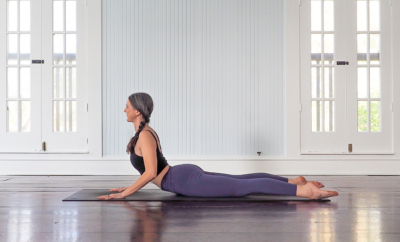



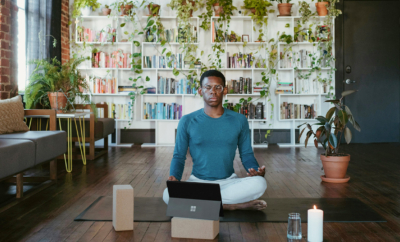
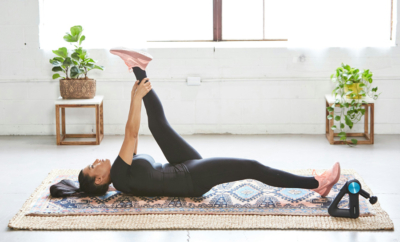





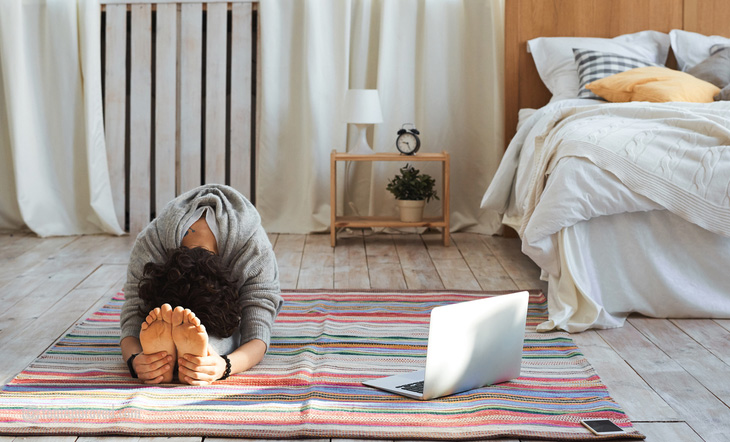
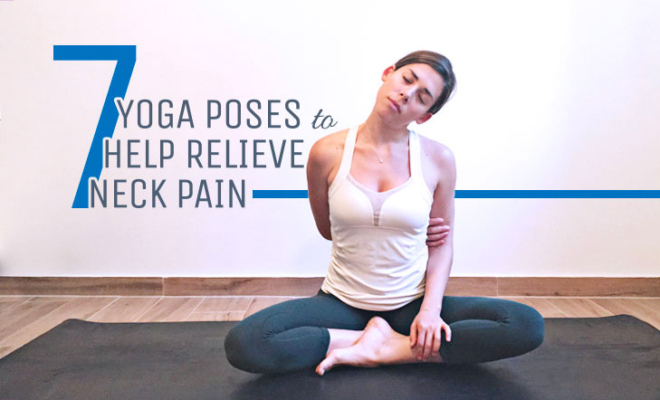




Comments